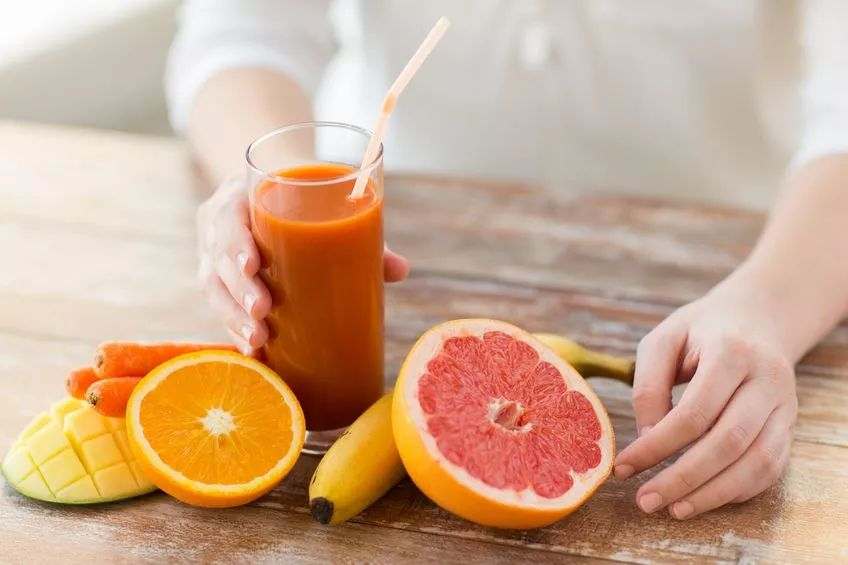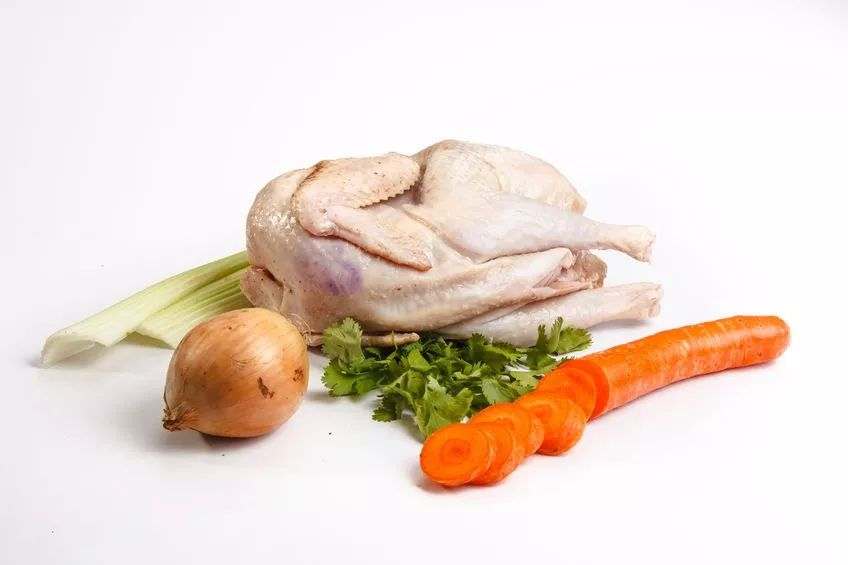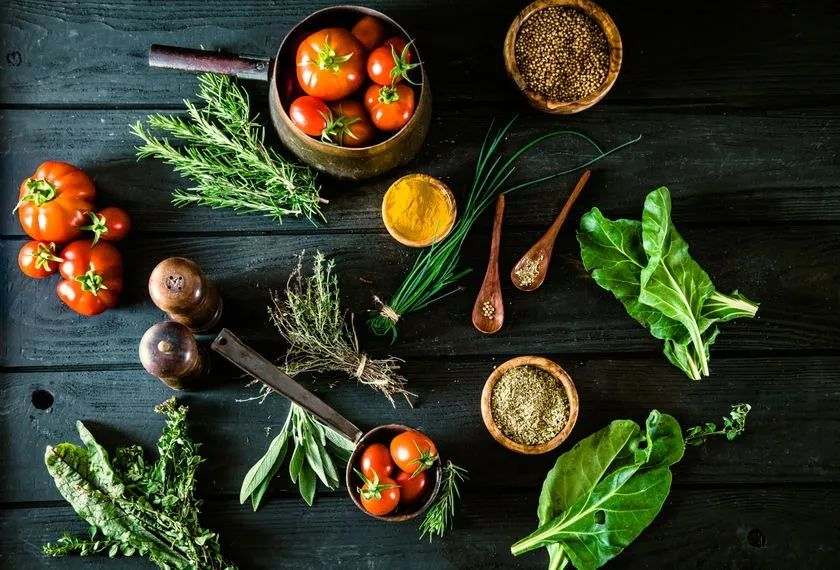Before, we received many messages from mothers backstage, saying that their children ate well and had a good appetite, but they did not grow meat even though they ate.

There are 89 pages of messages like this, which seems to be a common problem.
Today, we invited nutritionist Li Liangli to tell the mothers why [the baby eats too much or does not grow meat] and that how can make the baby not only eat enough, but also rub and grow meat.
Eating more does not mean that the baby absorbs more. If the baby wants to gain weight steadily, it depends on these four words: nutrition density.
Nutrition density refers to the concentration of important nutrients in food based on unit heat.
To put it simply, food must contain [energy] that makes children full and strong, as well as those ingredients that can make children grow up, such as protein, vitamins and minerals.
Some parents may have been feeding their children at a critical stage of growth and development food with low nutritional density.
At that time, it seemed that I was full, but in fact I didn’t have much nutrition at all. In the long run, it will naturally affect the growth and development of the baby.
So I will feel [clearly the baby ate a lot, but still didn’t grow meat.]
These foods have low nutritional density, so be careful to eat them thinner and thinner.

Many parents like to give their babies liquid and semi-liquid foods such as rice soup, porridge, porridge, fruit juice and broth, believing that this kind of food is better digested.
However, the nutrient density of these liquid and semi-liquid foods is extremely low.
Gump ate a large bowl of bulging belly, but it was digested again, and the baby kept eating, which is why the mother felt [the baby has a good appetite].
Mothers must remember the following formula when preparing food for their babies.
- Nutritional density of whole food > nutritional density of decomposed food solid food > liquid food
Let me give a few examples.
1. Rice > Porridge > Porridge > Rice Soup
Rice soup, porridge and porridge, these liquid and semi-liquid foods provide pitifully less energy and nutrition than solid foods.
Give the baby a bowl of porridge and a bowl of soft rice, the same volume can make them full, but the nutrition provided by soft rice is far more than porridge.

2. Fruit > puree > juice
Many mothers believe that the juice they squeeze is pure natural, [concentration is essence].
The latest recommendation of the American Academy of Pediatrics in 2017 is that infants under one year old should not drink fruit juice.
In fact, sugar is the most abundant ingredient in fruit juice, which is completely incomparable to eating fruit directly.
If the baby drinks too much, his mouth will become tricky and his dental caries rate and obesity rate will increase.

3. Meat > Broth
In the traditional view, broth is a kind of food with great nutritional value.
As a matter of fact, most of the nutrition in the broth is still in the meat. Most of the soup is water, and only a small part of fat, vitamins, flavor amino acids, etc.
The protein content in broth and chicken soup is only 1% ~ 2%, while the protein content in meat is about 15% ~ 22%.
Obviously, eating meat is more nutritious than drinking soup.

Perhaps some mothers will worry that their children are too young to eat solid food.
As a matter of fact, the baby’s small teeth can already chew ground solid food after one year old. At this time, more than 90% of the food that is water is given to them, which is not conducive to exercising the baby’s oral chewing ability and swallowing function.
The staple food is rich in nutrition only when it is added with some ingredients.

Knowing that the nutrient density of solid food is higher than that of liquid and semi-liquid food is only an introduction.
Only when mothers match food correctly can their babies obtain higher nutrition under the limited stomach capacity.
When matching supplementary foods with babies, protein, fat and carbohydrate are all indispensable.
Carbohydrate can be provided by traditional rice, flour or coarse grains and root vegetables. Sources of high-quality protein and fat include dairy products, red meat such as pork, beef and mutton, white meat such as fish, poultry and shrimp, and some shellfish.
For example, mothers can add beef, carrots and tomatoes to their children’s noodles.

Noodles provide carbohydrates as staple food, beef provides high-quality protein and fat as animal food, and carrots and tomatoes provide vitamins, minerals and dietary fiber as vegetables.
In short, don’t give your baby a single food. The intake of nutrients is too single, which is not conducive to the growth and development of your baby.
Careful machine when cooking, rub to improve nutrition density

In addition, mothers can also improve the nutritional density of each meal through some simple small skills, which saves time and effort and can achieve twice the result with half the effort.
Step 1 Replace water with breast milk
Compared with ordinary water, breast milk is much more nutritious.
Therefore, when preparing food for the baby, mothers can use breast milk instead of water to mix rice noodles. Or use breast milk to make flour into small cakes; To make stewed eggs for babies, breast milk can also be used instead of some water.
In doing so, the nutritional density of supplementary foods is unconsciously increased.

2. There are some things that babies don’t like to eat? Then change the way
If mothers make steamed buns or bread for their babies, they can add steamed and crushed carrots, purple potatoes, leafy vegetables, black sesame powder, etc. into flour to make steamed buns, steamed sponge cakes and bread of various colors.
Not only beautiful, but also unique in taste. This trick is especially useful for babies who do not like vegetables.

3. Break the inherent thinking and open the brain hole together.
Mothers must have the courage to innovate when preparing food for their babies.
For example, when making egg cakes for babies, you can also add some minced meat, minced vegetables and batter to mix them together, and the made egg cakes will have more nutrition.

Nutrition density seems very enigmatic, but in fact we always use it constantly in our daily life.
For example, in the pot of assorted soup during the Chinese New Year, there are meatballs, fish balls, egg dumplings, Chinese cabbage, fresh shrimps, mushrooms and mushrooms… This traditional dish also reflects the pursuit of high nutrition density.
In fact, mothers can bring better and more nutritious collocation to their babies as long as they pay more attention and pay more attention to their daily life and skillfully integrate this little trick into their daily life.
According to this way to match food for children, are you still afraid of children [eating too much but not growing meat]?
